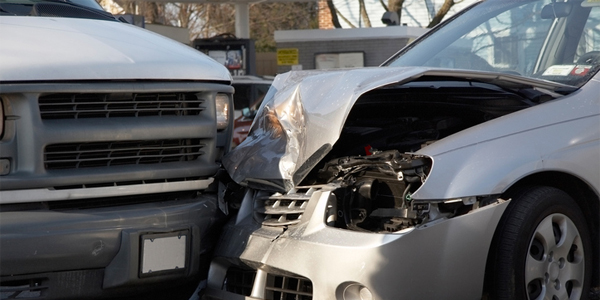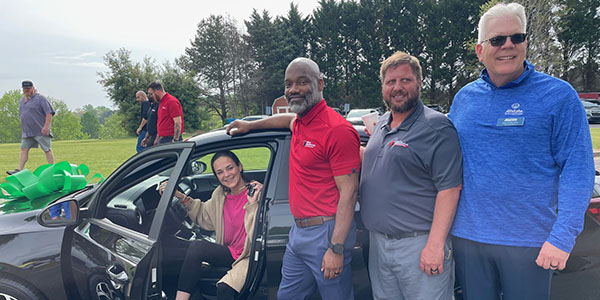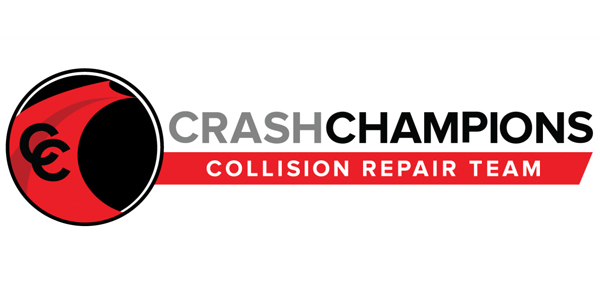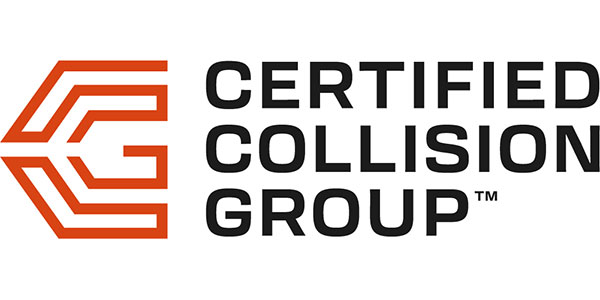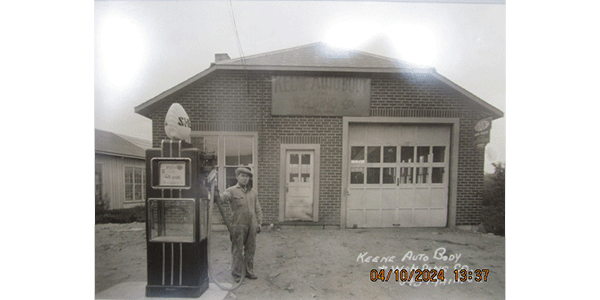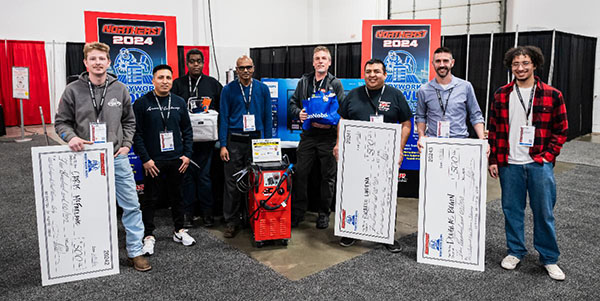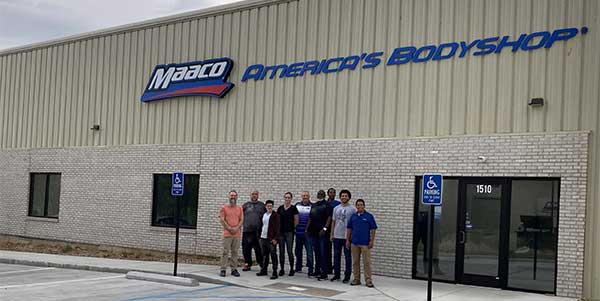The U.S. Department of Transportation’s National Highway Traffic Safety Administration (NHTSA) announced a Notice of Proposed Rulemaking that would require automatic emergency braking (AEB) and pedestrian AEB systems on passenger cars and light trucks. The proposed rule is expected to dramatically reduce crashes associated with pedestrians and rear-end crashes.
NHTSA projects that this proposed rule, if finalized, would save at least 360 lives a year and reduce injuries by at least 24,000 annually. In addition, these AEB systems would result in significant reductions in property damage caused by rear-end crashes. Many crashes would be avoided altogether, while others would be less destructive.
“Today, we take an important step forward to save lives and make our roadways safer for all Americans,” said U.S. Transportation Secretary Pete Buttigieg. “Just as lifesaving innovations from previous generations like seat belts and air bags have helped improve safety, requiring automatic emergency braking on cars and trucks would keep all of us safer on our roads.”
The proposed rule is a key component of the department’s National Roadway Safety Strategy (NRSS), which was launched in January 2022 to address the national crisis in traffic fatalities and serious injuries. The NRSS adopts the safe system approach and builds multiple layers of protection with safer roads, safer people, safer vehicles, safer speeds and better post-crash care. As part of the safe system approach, this rule highlights safer vehicles and USDOT’s effort to expand vehicle systems and features that help to prevent crashes.
The NRSS is complemented by unprecedented safety funding included in President Biden’s Bipartisan Infrastructure Law, and in February, the department announced more than $800 million in grants to help communities carry out projects that can address high-crash areas. DOT also launched the next phase of the NRSS, its Call to Action campaign, and released a one-year progress report and accompanying data visualizations that highlight the extent and magnitude of the U.S. roadway safety problem.
The department’s other roadway safety actions include:
- Produced the Vulnerable Road User Safety Assessment to guide states on required 2023 assessments
- Issued the Complete Streets Report to Congress: “Moving to a Complete Streets Design Model”
- Issued a final rule on rear impact guards
- Advanced the Manual on Uniform Traffic Control Devices rulemaking effort, analyzing and resolving the more than 25,000 public comments
- Published an Advance Supplemental Notice of Proposed Rulemaking concerning speed limiters with a motor carrier-based approach
- Made significant progress to advance pedestrian automatic emergency braking rulemaking
- Issued a Standing General Order to collect more data about crashes that occur when automated driving systems and advanced driver assistance systems are engaged
An AEB system uses various sensor technologies and sub-systems that work together to detect when the vehicle is close to crashing and then automatically applies the vehicle brakes if the driver has not done so, or applies more braking force to supplement the driver’s braking as necessary to avoid or mitigate the severity of the crash.
“We’ve seen the benefits of the AEB system in some passenger vehicles already even at lower speeds, and we want to expand the use of the technology to save even more lives,” NHTSA Chief Counsel Ann Carlson said. “That’s why our proposed rule would require all cars to be able to stop and avoid contact with a vehicle in front of them up to 62 miles per hour. And the proposal would require pedestrian AEB, including requiring that AEB recognize and avoid pedestrians at night. This proposed rule is a major safety advancement.”
If adopted as proposed, nearly all U.S. light vehicles (gross vehicle weight rating of 10,000 pounds or less) will be required to have AEB technology three years after the publication of a final rule.

